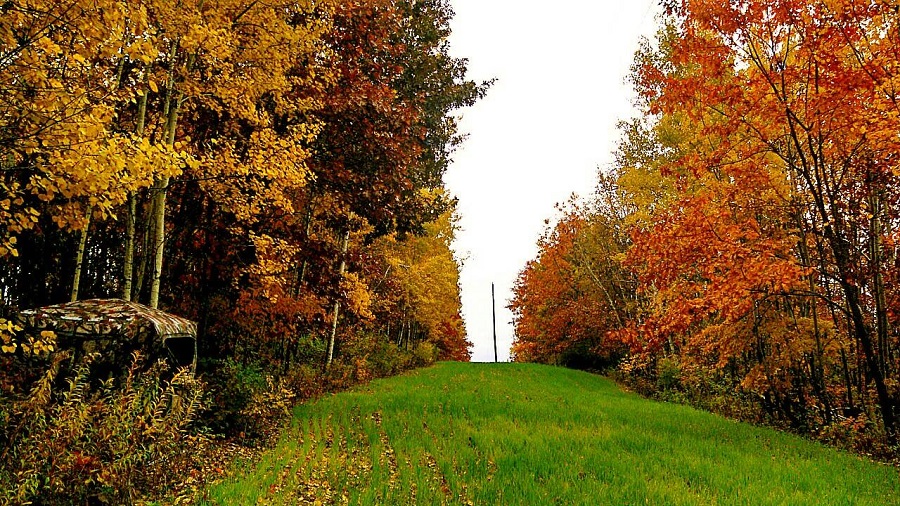Ask anyone who has planted a food plot and they’ll tell you: “The options are endless!” If you search for food plot ideas online, the chances are high that you’ll walk away with a laundry list of plant species to learn about. While this may be exciting and interesting, it can also be frustrating to weed through the mountains of information out there.
What type of game are you trying to attract? Where are you located? What types of soils or growing environment are you dealing with? Are you trying to create bedding or nesting habitat or are you looking for an attractant plot that you can hunt over? Do you want perennial plants or something you can switch up every year?
Many of our sales and warehouse team members are hunters and we got together to answer those questions for our readers in a way that will (hopefully) reduce the confusion and create a great starting point for planning a food plot. We realized that this topic was a little lengthy for one blog post, so we’ve broken it into two parts. This first part will focus on seasonal options for food plots with recommendations based on game species. Dark blue product links are mostly annual species and dark green product links are mostly perennial species. Read onward for great inspiration!
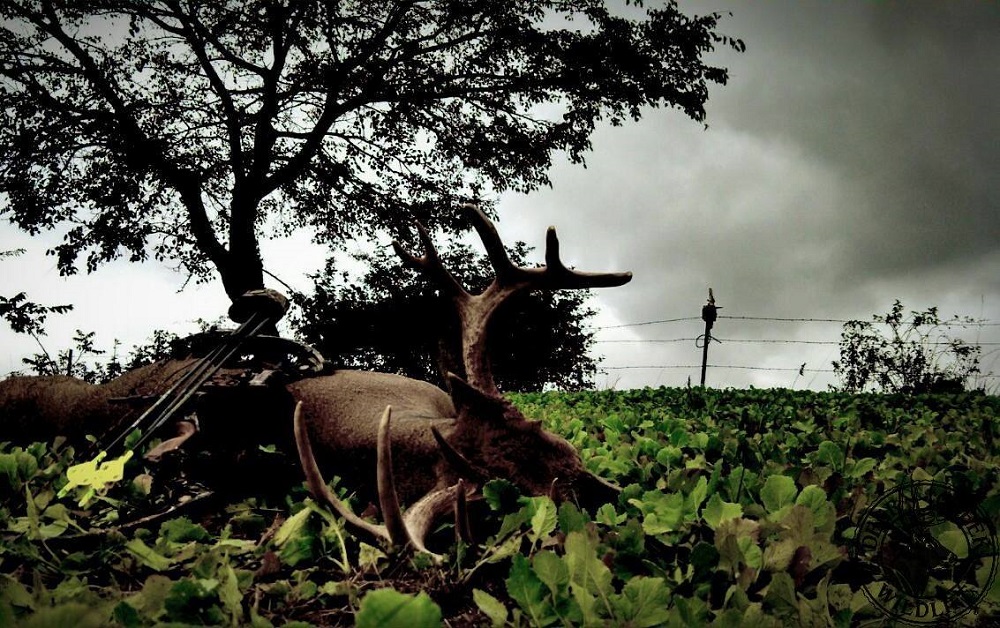
Attractant Plot for Fall Hunting Season
If you want to plant a food plot that you can hunt over in the fall, an attractant plot (otherwise known as a “kill plot”) is what you’re after. Depending on animal species, this attractant crop is going to differ.
If you’re after whitetail deer, you can’t go wrong with our Brassica Blend or our Beets & Sweets Food Plot Mix. Both deer food plots have succulent root crops and lush forages that remain green and sweet late into the fall and even into early winter. Great straight products would be our Purple Top Turnip or our Subzero Forage Brassica.
If you’re after wild turkey and upland game birds, you should consider our Wetlands Waterfowl Mixor Game Bird Mix. Both mixes have plant species that produce full seed heads which will shatter, fall to the ground, and encourage birds to scratch through the dirt and duff to seek out delicious seeds. A great straight product here is our Peredovik Sunflower.
Finally, if you’re interested in hunting small game, you know that habitat is just as (if not more so) important as food sources. If you have food plot areas near the edges of woods, brush piles, or hedgerows, consider our Autumn Buffet or our Succulent Succotash Food Plot Mix. Both mixes will remain green well into the fall due to their brassica components. The Autumn Buffet mix has sweet and low-growing clovers to entice rabbits and the Succulent Succotash mix has grain species that will shatter and encourage squirrels to dig for seeds. Plus, both these mixes are also popular with deer!
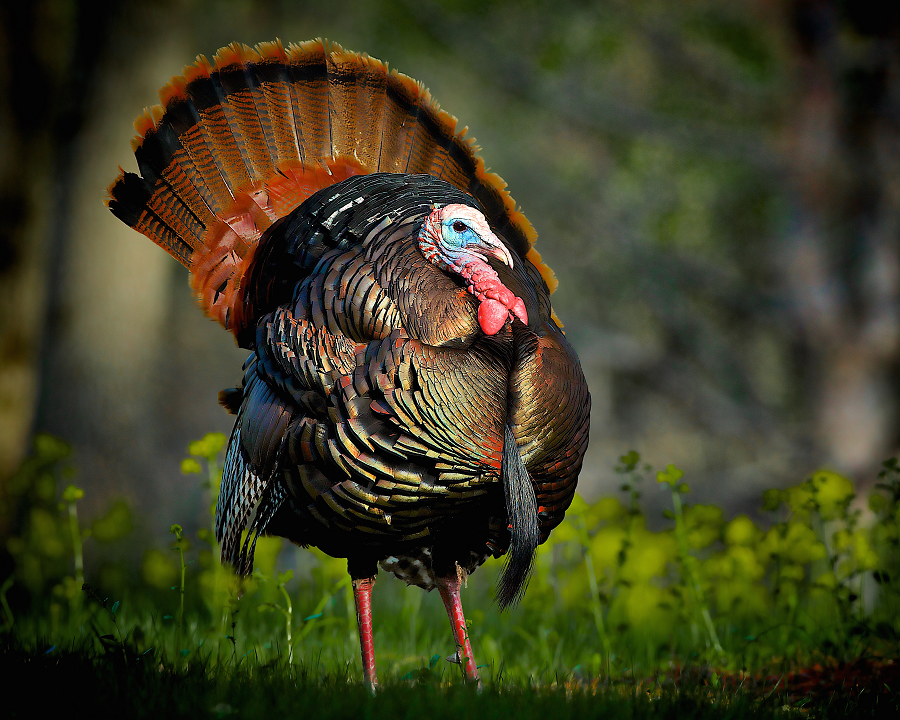
Attractant Plot for Spring Hunting Season
If you’re hunting in the spring, that means you’re going after gobblers! But what can you plant in the spring that will even start to grow by the time spring turkey season starts? Well, I’ve learned by experience that turkeys just love to eat my frost seeded clover seed…but that’s not really an economical way to draw in some turkey! Nor do I want them eating my freshly seeded clover.
A better bet would be to plant one of our seed-producing mixes in the spring or early summer (at least 100 days before the last frost). The idea here is that the seed heads will shatter in the fall, and some seed will be left over in the following spring for turkeys to scratch up.
As previously mentioned, our Buck & Bird and Pheasant & Quail Mix will do well here. For straight products, you might also consider planting either winter wheat or winter rye in the fall because they’ll come up early and green in the spring and provide great early season forage. Plus, if your food plot is flat, relatively open and close to the woods, you may create a great strutting environment for some showy toms.
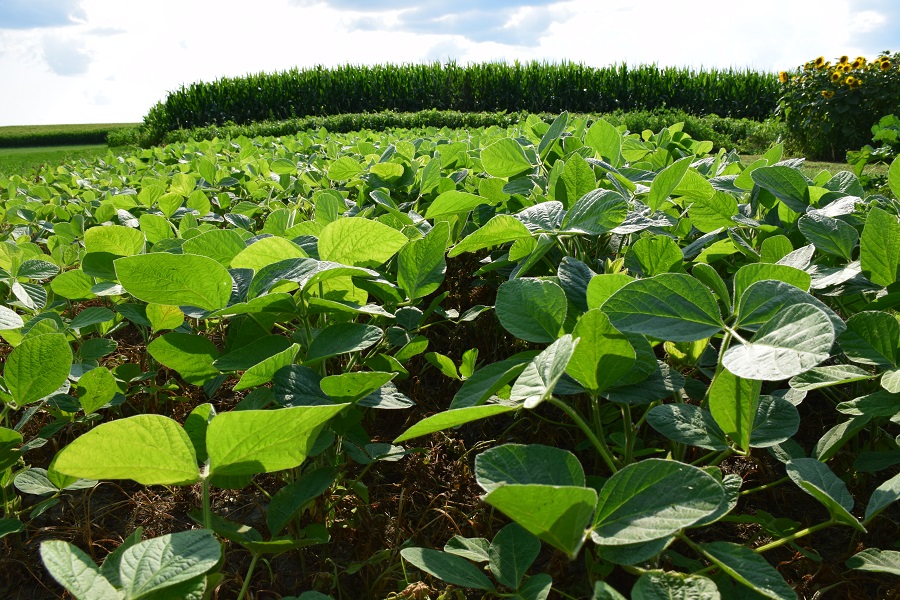
Spring and Summer Food Plots
What if your goal is to provide nutritional forage for wildlife to keep them on your land throughout the seasons? In this case, you’re looking to plant spring and summer forage food plots. The idea here is to create food plots with a lush variety of forage that encourages wildlife to hang around your property into the fall hunting season.
If you’re looking to keep deer on your land, a popular mix to plant early on is the Spring Greens Food Plot Mix. This mix will start your spring off on the right foot – first producing early spring forage from the triticale, swiss chard, and forage brassica. Then later in the summer, deer will work to dig up forage radishes and turnips. Conveniently these root crops move nicely into the fall and winter and deer will come back around to see if they missed any! Our Spring Greens mix provides quality protein, minerals and energy to support antler development. Plus, this mix can handle semi-shady areas.
Most hunters (and farmers) also know that deer love soybean fields. Our Quad Pro Bean Food Plot Mix is an extremely palatable bean mix that will provide high protein and irresistible attraction to deer in the summer and early fall. This mix is fast growing and generally matures in 60 days. It will produce leafy forage all summer long and will continue right up to a hard frost.
What if you don’t want to buy a mix? You just want a smaller bag of a straight product? Forage Soybeans, Forage Radishes, and Red Clover would complement an existing deer food plot if added in strips or patches and they are a great alternative to putting in a whole new food plot.
How about turkey? What can you plant that will last all summer long and will encourage turkey to hang out on your land? Look no further than our Perennial Plus Clover Food Plot Mix. A diverse blend of white and red clovers plus chicory, this perennial mix will come back year after year. Game birds tend to favor white over red clovers, but the diversity will ensure that other animal species will hang around too. If you combine this mix with some sand or light grit options and have tall grass nesting areas nearby, you will create an enticing food plot that turkeys will certainly take advantage of.
What if you just want one mix? Something to satisfy them all, that you can plant in the spring, and that you know will give a summer’s worth of good foraging? Our All-Season Food Plot Mix will fit the bill here. It has small grains, legumes, and brassicas in a balanced mix that will attract all kinds of wildlife. When planted in the spring, this mix will provide great summer forage to multiple species, including small game and birds. A bonus to this mix is that it is also great to plant in the fall because you’ll have early spring green forage from the winter rye!
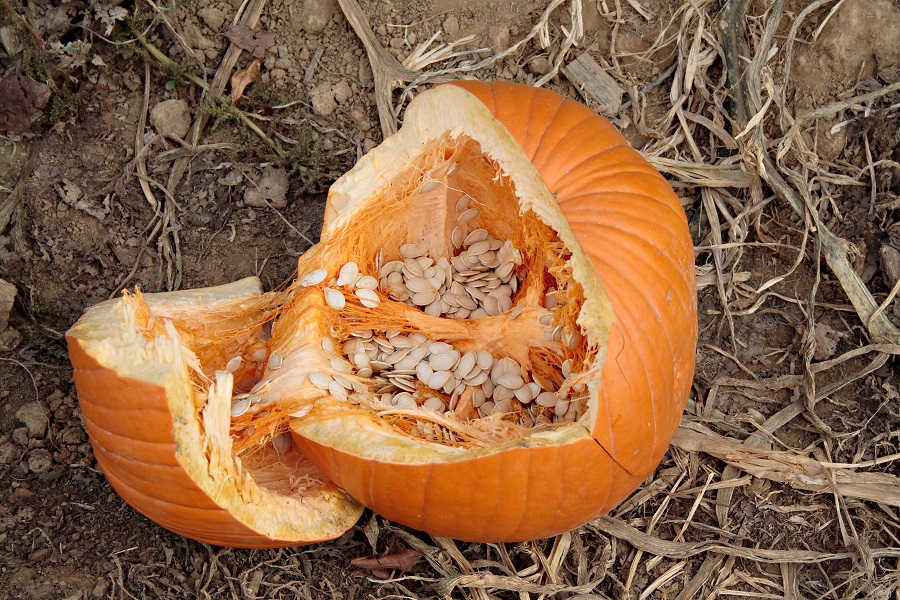
Winter Food Plots
I know what you’re thinking as you read this. “What grows in the winter?” Well actually, depending on where you live…there are a few things that grow in the winter! But if you live in the north, you know full well that nothing stays green for long once the snow flies. A good idea is to plant root crops like Purple Top Turnips or even Carrots! These sweet root crops are irresistible, and all kinds of wildlife will work to dig them up in the middle of winter.
Depending on where you live, it is sometimes a common practice to throw feed corn out in the dead of winter, but this isn’t such a good idea. Not only is it illegal in some states, but a sudden influx of high-calorie grain like corn can cause all kinds of health problems in wildlife, especially deer. A better (and more seasonally appropriate!) option is to plant Pumpkins in the spring and harvest them in the fall. Keep them in your garage until late winter, then break them open and toss them outside as a tasty treat for wildlife. Make sure you check your state’s hunting regulations regarding late-season feeding.
Stay Tuned…
In our next blog post, we’ll make product recommendations based on ancillary wildlife plots, or plots that are meant to enhance, support, or improve wildlife usage of your attractant food plots. We’ll also include some product recommendations for “less than ideal” food plot locations.



